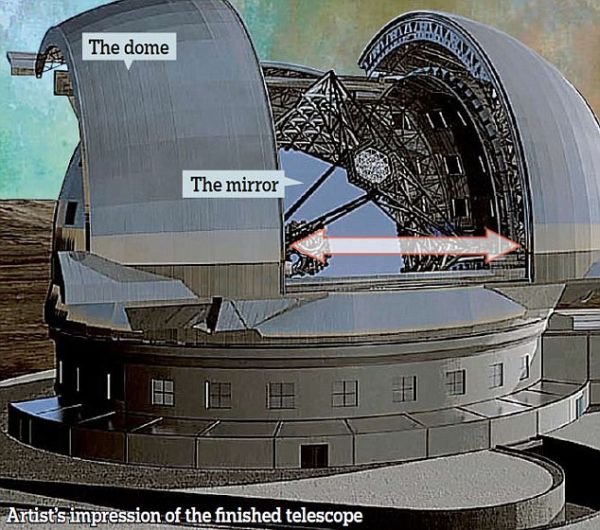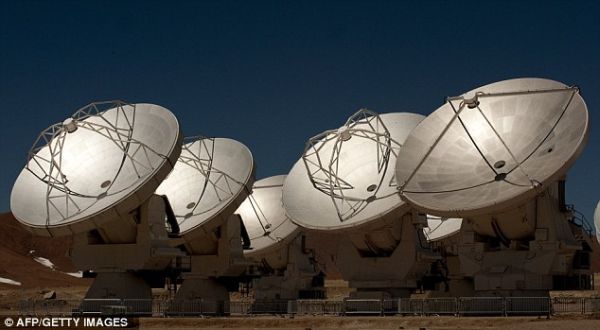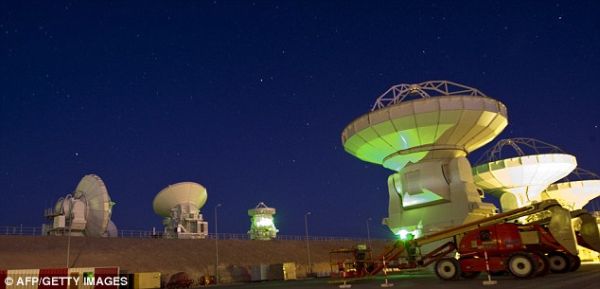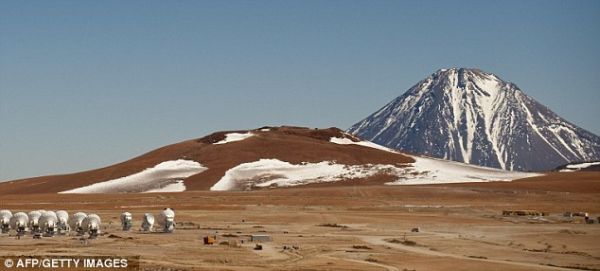Usually we talk about rocket science when it is not required to be brought into conversation. For instance, your friend might tell you that cooking stew is not ‘rocket science’ and that you should try doing it often instead of ordering food home.
Now, here is some real rocket science which might help us to literally see if there is life outside earth. In order to investigate alien existence, scientists in Britain have created what seems to be one of the largest telescopes ever. They didn’t really use a lot of creativity while naming the really large telescope.
The European Extremely Large Telescope is being touted as the world’s largest telescope that is built specifically to hunt down aliens if they exist in some dark corner of the Universe. The device was built by British scientists at a cost of 3.5 million pounds. Science and Technology Facilities Council, a British national institution funded the project and the device will be built in a dome and installed in the arid Atacama Desert, Chile. It is sensitive to both visible and infrared lights and will help astronomers to study images of some of the very first galaxies, dating back to 14 billion years ago.
The device which consists of a dome, a mirror and some really high technology would be the size of Big Ben and a couple of feet shorter. The device would be shut down during the day and also during bad weather. If you didn’t know, Atacama Desert is one of the driest places on earth and has cloudless nights for at least 320 days in a year. Located at an altitude where humidity and air pressure is less, signals from the space would not be distorted and one could expect that the information so received from the telescope to be authentic and sans distortions.
The huge mirror would consist of nearly 1000 hexagonal mirrors which would all be shipped to Chile and fitted together like they do in a jigsaw puzzle. The dome would also consist of a retractable windscreen that would help the mirror from being exposed to direct wind. The observer would assess various planets and heavenly bodies and look for rocky planets that may show signs of life. The telescope is expected to produce images 15 times sharper than the Hubble Telescope. British scientists also hope to unlock secrets about the dark matter and black holes. You could also read about how the so called ‘God Particle‘ never showed up.














